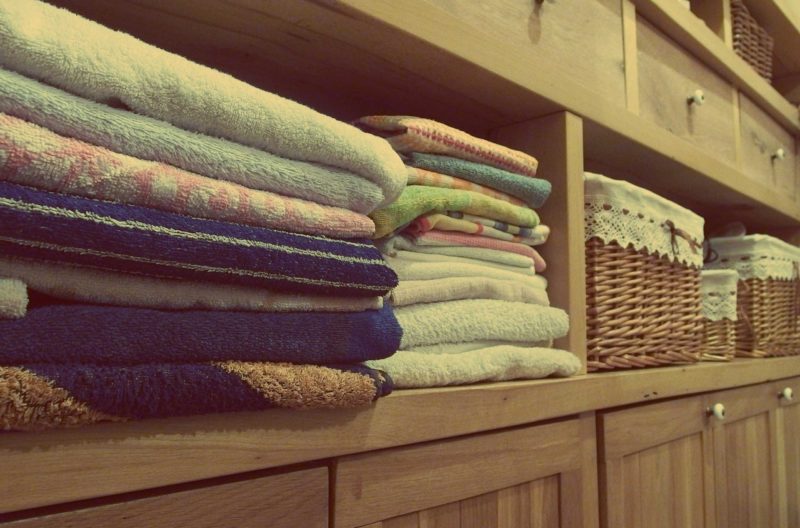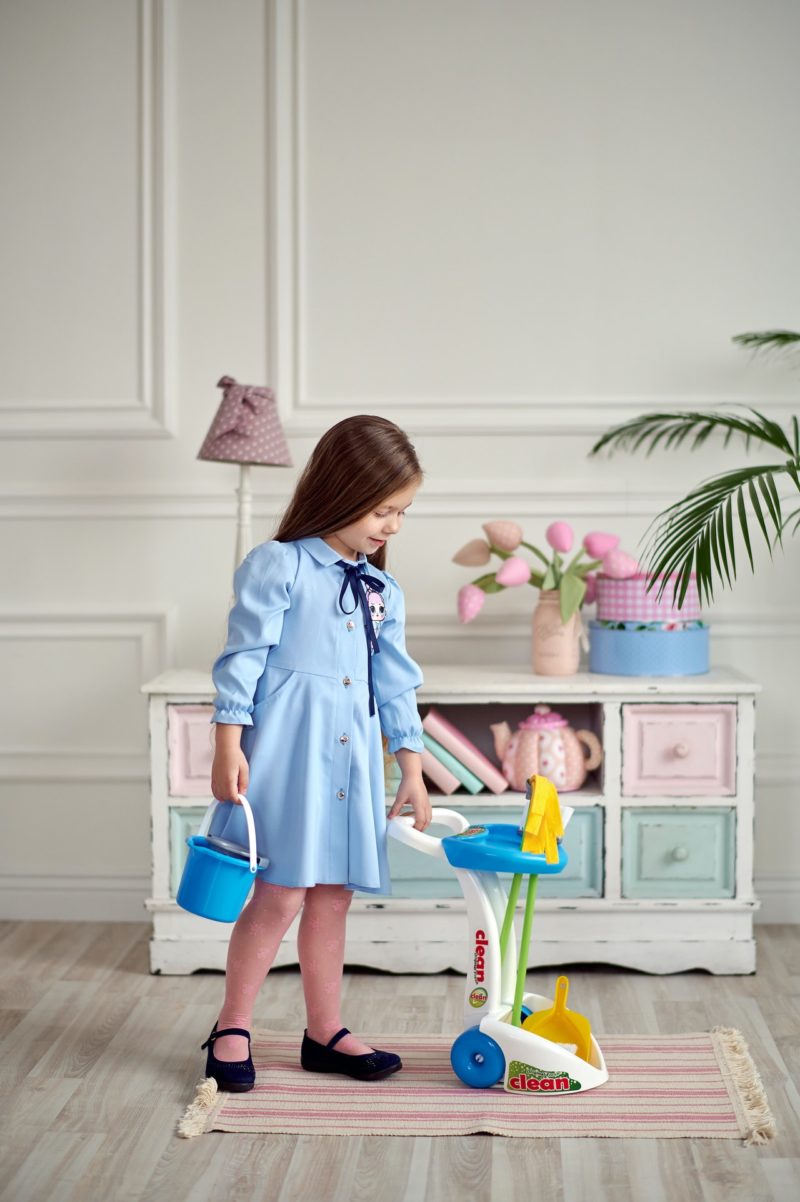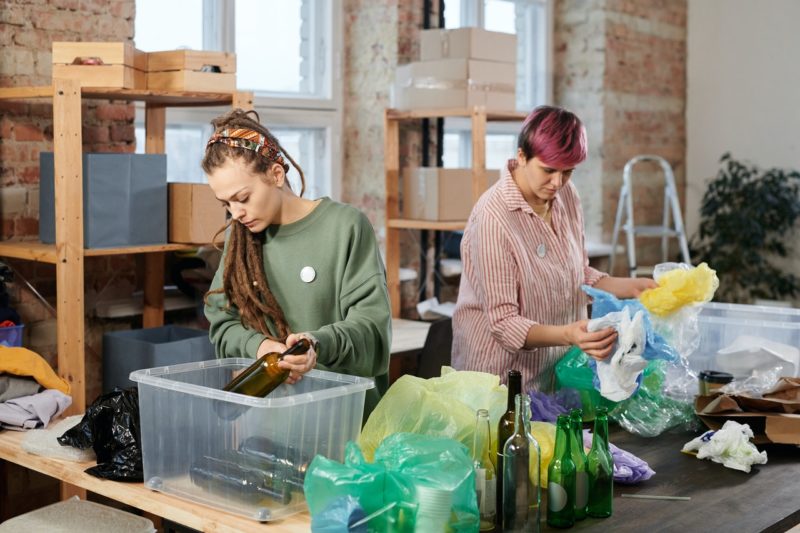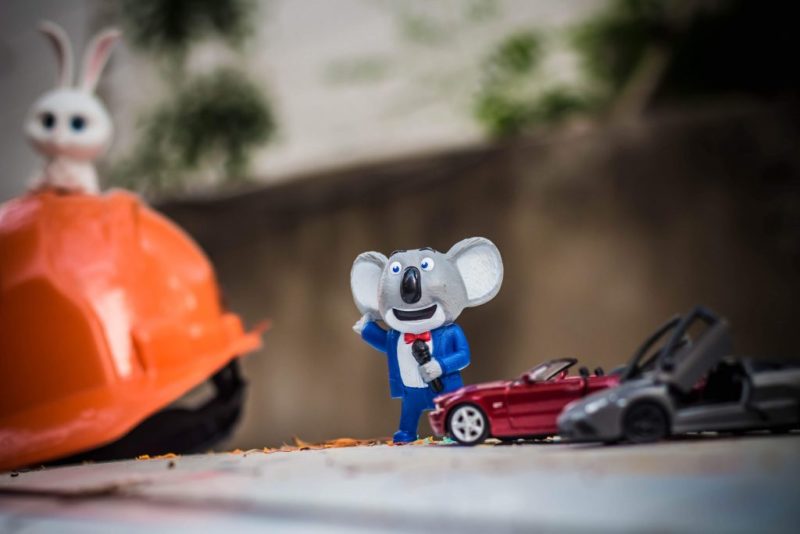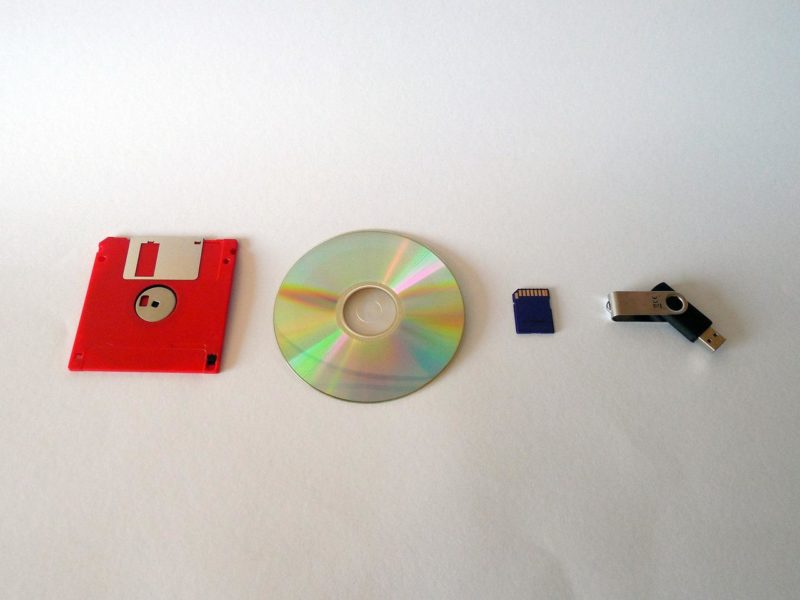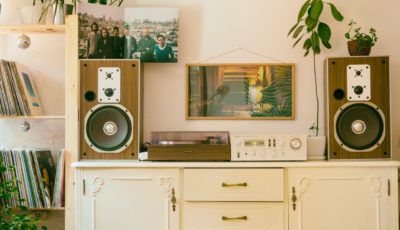7 Easy Ways To Keep Your Home Clutter Free
The first step in getting your home clutter-free is defining what you want your home to look like. There are just so many reasons that clutter can end up in your home. You must take steps to simplify your life as much as possible.
If you want a clean and organized home, you need to start with a plan. This will help you avoid wasting time figuring out where to start or how much time it will take to get there.
In this article, we will talk about seven easy ways to get your house clutter-free, even if it means doing things differently or trying a new strategy.
Rent a Self Storage Unit
If you’re a homeowner, you’ve probably been through the clutter trap at least once. You know how it goes: You move into a new place, and for the first few weeks, you keep it very neat and tidy. Then you get busy with work and life, and before long, your garage has become a storage unit for all sorts of things that don’t belong there.
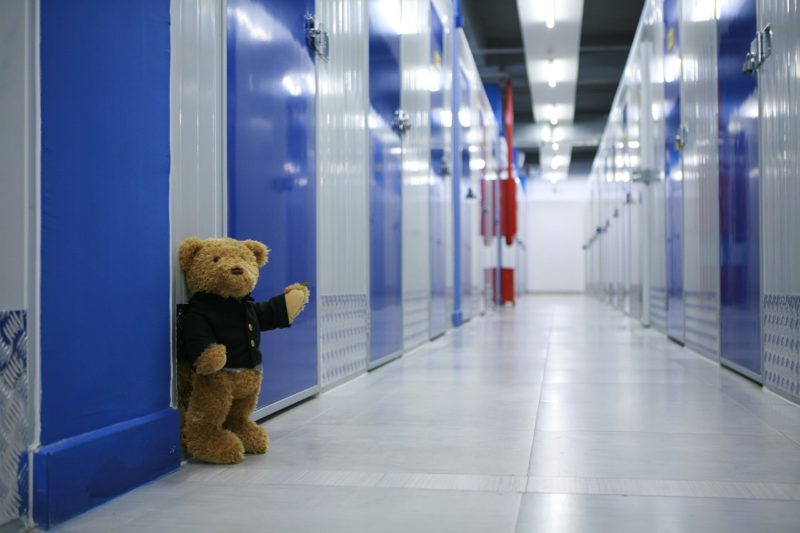
Renting a self-storage unit is one of the easiest ways to keep your home clutter-free. If you have too many items and not enough space, it can be difficult to organize everything. There are different self storage service types that can be rented for a short time or long-term, depending on your family’s needs.
It’s cheaper than buying furniture storage space or renovating your homes for added space. There are many different types of self-storage units available. Some are climate controlled, which means they have air conditioning so that items stored in them will always be at a certain temperature regardless of the weather outside. You can also find some that are just regular storage units without any special features or amenities.
Have a place for everything.
Designate some shelf space for things that aren’t used often but are still substantial enough for you to keep around (like books). For example, if your dining room has built-in shelves next to the window, those would be perfect for cookbooks or recipe binders! Here are some ways how to effectively do this:
Clear the clutter from your counters and shelves.
We all know how easy it is to pile stuff on the countertops and shelves in our homes. But this only adds to the clutter. Instead, create a home for each type of item (e.g., placemats go with plates, napkins go with placemats). If you have multiple items that share a space, group them together by colour or shape, so they look intentional rather than random.
Create storage solutions for frequently used items.
Frequently used items tend to get scattered throughout the house because we don’t want to keep track of where they are when they’re not in use — and then we have trouble finding them when we need them!
Create storage solutions in areas where these items will be used often, so they’re always right at hand when needed.
Do a quick pick-up at the end of every day.
The best way to keep your home clean is to do a quick pick-up at the end of every day. It only takes a few minutes, and you can get into the habit of doing it before going to bed. When you wake up in the morning, your house will be clutter-free!
It’s easy if everyone in the family makes this part of their routine. If everyone helps out and does their part, there won’t be any room for clutter because it will all have been picked up by someone else!
Get rid of something old every time you get something new.
This is one of my favourite tips for keeping clutter at bay—and it’s fairly simple to do! When you bring home a new item, like a pair of shoes or a magazine subscription, immediately put it where it goes in your home. If the new thing is something that will not be used very often, get rid of an old item sitting around for too long and take it out to the garage or attic. This will help keep clutter at bay because if there’s no room for things in your home, they will have to go somewhere else!
If an object comes into your possession that is useful enough to justify its place in your life but doesn’t have a permanent home yet (like those fancy new beach chairs), make sure there’s still space available wherever else might work before bringing them into play just yet (if possible).
Create a List
Limit what you and your family bring into your home by making a shopping list and sticking to it. You should avoid impulse buys and other items that can accumulate quickly (like those little toys that come with your kid’s Happy Meal).
Set a budget for yourself, and stick to it.
Know how much you can or want to spend on groceries, gas, new clothes, and other items. If you do not have an exact amount in mind that you plan on spending each day at the store, make sure that there are no more than two days between shopping trips so that there aren’t more than two weeks between grocery runs.
Make a list before every shopping trip.
When going into stores like Target or Walmart (or even grocery stores), stick only with what’s written down to avoid getting tempted by impulse buys along the way! Keeps things simple!!
Involve everyone at home.
The best way to get kids involved in the process is by explaining to them the importance of recycling and de-cluttering. Make them understand why it is important to throw away things that no longer serve a purpose or are of good use.
The best way to start this is by asking them to identify what they no longer need and then helping them to dispose them off. This will make them realize that it is possible for others too.
You can start by creating a household policy on clutter, with every member agreeing on what items are allowed to accumulate in the home and what items are not allowed to accumulate in the home.
Once you have a good idea of what type of clutter you have in the home, it’s time to establish a household policy on clutter. This is not just for your benefit but also for your family members who live with you. Everyone in the home should be included in creating this plan and executing it.
Go Paperless
Go digital whenever possible – like using online bill paying options that let you automatically pay bills or apps that help you track important information, like warranties and receipts for purchases you’ve made – this helps eliminate the need for hard copies of these things, which often end up in piles around the house or stuffed in drawers. Here are some ideas:
Use digital photos instead of paper versions.
Digital photos are less likely to be lost or destroyed than printed ones because they’re stored on an external drive or cloud storage system. If necessary, you can also make backups onto CDs/DVDs/USB drives!
Digitize important documents.
If it isn’t already, convert important documents into PDF files (or other formats) and store them digitally instead of keeping multiple copies lying around your home office or workspace where they may get lost or damaged by moisture from a leaky roof or other water damage sources.
Conclusion
At the end of every day, try to wrap up your activities and clean up your messes as much as you can. Pick things up when you’re done with them and put them in their proper places (the floor doesn’t count). By keeping your space organized and clutter-free, you’ll save yourself the trouble of cleaning extra messes that crop up while you’re working.

